This particular event took place on 21-7-l993, in the Capital of West Bengal, namely Kolkata, when Mamata Banerjee, the then the state President of Indian Youth Congress by organising a protest march was fired upon by the police in the anarchic manner, which led to the death of 13 young men and women on the spot, besides, many more were injured mercilessly. This event is commonly referred to as the 1993 Kolkata firing and it is still to this date seen as a black mark on West Bengal. In this article, the reader will get acquainted with the preconditions for dismissal, the consequences, and the search for justice continues.
https://twitter.com/MamataOfficial/status/1814544135694483801
”As the anniversary of the 1993 Kolkata Firing approaches, West Bengal Chief Minister Mamata Banerjee took to ‘X’ to pay tribute to the martyrs”
Background
The state assembly elections in West Bengal conducted in the year 1991 depicted the victory of the Communist Left Front with majority. However, the opposition parties accused the government of rigging the election and therefore widespread draw back. Mamata Banerjee, a prospective leader of state politics, spearheaded a rally to the Writers’ Building, the headquarters of the communism-negotiate government, to press for straight voter photo Identity card so that free and fair polling may be conducted.
The Fateful Day
The protest march was headed on the 21st of July, 1993 in the morning around 11am.at Mayo Road and Dorina Road crossing at Esplanade meta cinema the state police intercepted the protesters. The police opened fire at the protesting crowd and killed 13 and injuries were also reported. As per the available accounts from the police, city police commissioner Tushar Talukdar said that police contingent was positioned near the Writers’ Building and the Raj Bhavan because people were agitating to take out a protest march. Besides, for the area, which extended beyond Mayo Road crossing, a Prohibitory Order under Section 144 of CrPC had been imposed.
Aftermath
The series of riots continued and Union Home Minister S. B. Chavan who visited Kolkata after the occurrence called upon the state authorities to institute a judicial inquiry. However, no probe was ordered by the West Bengal’s Chief Minister Jyoti Basu, who backed police actions terming them as ‘good job’ done to thwart the alleged attempted siege of the Writers’ Building. A formal investigation by the executive was then conducted but the reports filed cannot be sourced currently at the Kolkata Police headquarters or the state secretariat.

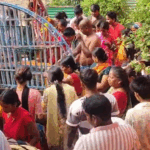
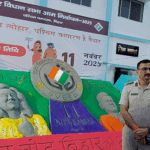
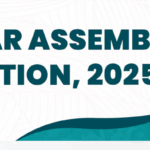

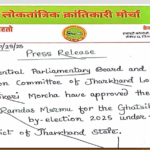
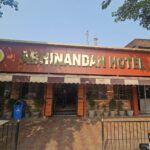
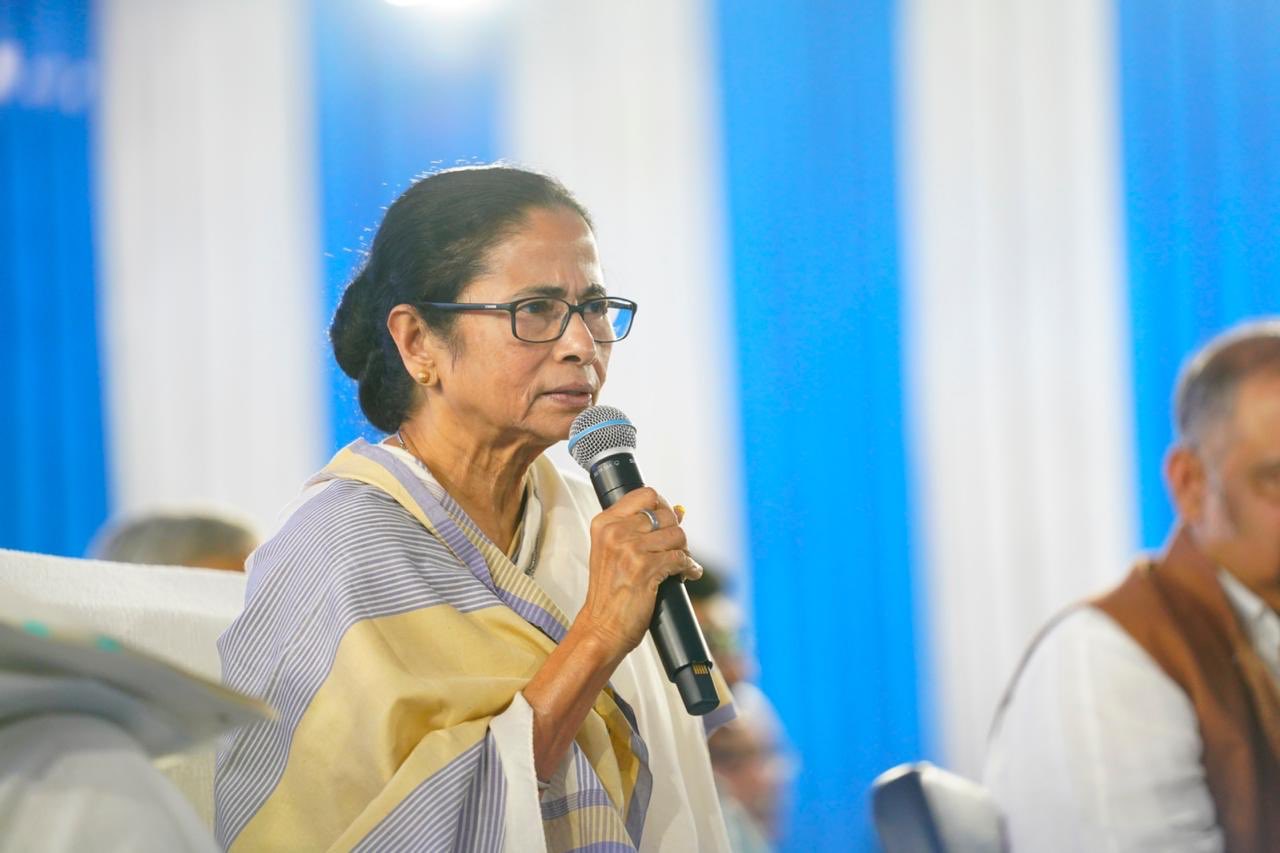
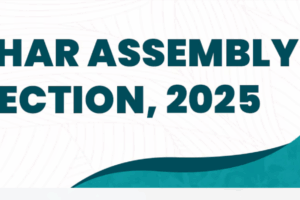


Add Comment